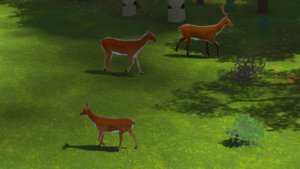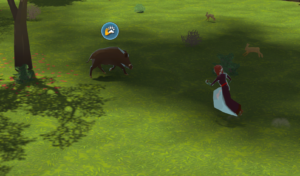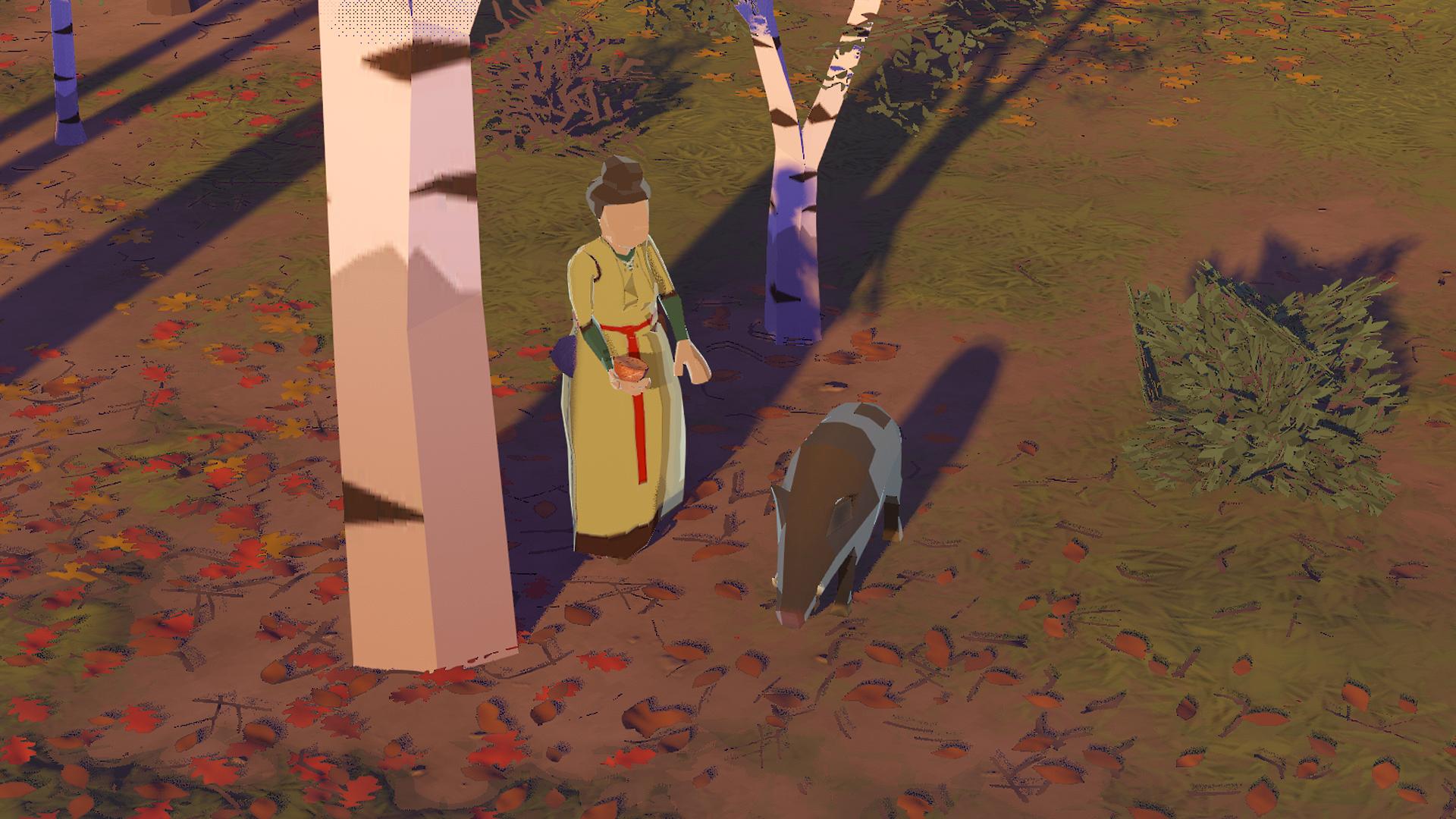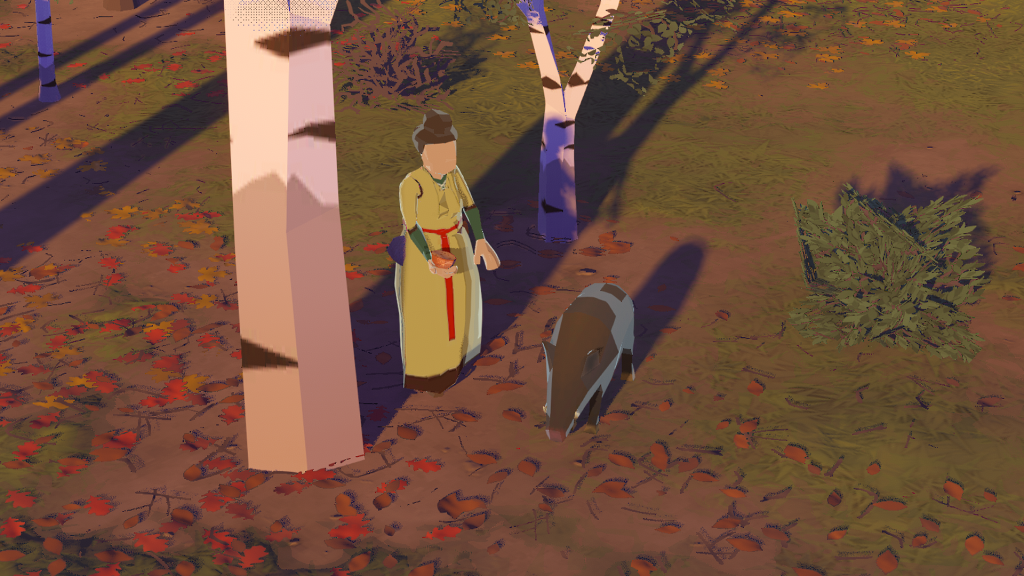Greetings, medievalists!
Aaand we’re back to animals. As we mentioned previously, the animal system is receiving a major overhaul. So, let’s discuss what that means.
Animals will have genders – being male or female will influence what they’ll be able to give to you and in what way. You’ll not be able to get eggs from male chickens (roosters), because that would be silly. We’re also adding animal aging – aging will dictate what type of resources they’ll give and in what amount. For example: younger animals will give less wool. Genders and age will be emphasized by different models (size, horns, and all those things).

All animals will have a period when they sleep because that happens in real life too and sleep is important!
We’ll categorize animals into wild animals, domestic animals, and pets.
Wild animals
You know them, you’ve seen them. Deer, rabbits, and wolves populated your maps and usually minded their own business. We’ll add boars, pheasants, and foxes (after all, we are Foxy Voxel) to this wonderful group.
Depending on the map type (and its size), the amount of those animals may vary (boars will love hillsides/mountains in particular). Do you want a specific animal, but said animal can’t be found on the map? Don’t worry, some merchants may have it available for purchase.
The Hunger stat will be added to the animals, too. This means they’ll look for food when hungry. Herbivores will look for plants like saplings, bushes, and redcurrants, but they’ll just take hit points from those resources (not necessarily consume them as a whole). This also means they’ll not eat trees, so keep an eye out for those “minor” plants.
Carnivores will, of course, look for meat. This also means that they’ll attack other animals to satisfy their hunger. There’s going to be a sort of hierarchy when it comes to their food type. Take wolves, as an example: they’ll look for rabbits and pheasants first since they are easier targets. If easier prey is not present or hard to get, they’ll look for deer, etc.
They’ll be able to eat carcasses too, but the amount of nutrition they’ll get from them will depend on the carcass type.
All wild animals will avoid your settlements, but if they are provoked or extremely hungry – be prepared to face them. Hopefully, this will lead to some interesting scenarios.
Now comes the fun part: will you be able to tame them? Yes, all of them! However, it’s not that simple.
Wild animals will have a tame button and we’ll add a tame order. Settlers with the animal husbandry job turned on will go to these animals and initiate taming. The level of the animal handling skill will influence what animals they’ll be able to tame.

Once the tamer is close to the animal, they’ll initiate a taming sequence. Again, the duration of this sequence will depend on the animal and settler’s attributes. Taming can either succeed or fail. If it fails, that animal will not be tameable for the next 24 hours and there’s a chance it might attack your settlers, so pick your animals carefully.
If it succeeds, congratulations! However, it’s not over yet. Animals will have, let’s call it, a tame bar. Once the tame process is successful, that tame bar will increase. When it’s completely filled, the tamed animal is officially turned into a domestic one. This also means that until this happens, you’ll have to repeat the taming procedure until the tame bar is complete. Some animals will get their bar filled after two tames, and some, like wolves, will require more taming sequences. Each animal will have a different chance that they, coupled with the settler’s stats, will output different numbers.
Here’s the trick: the tame bar of that animal will slowly be depleted until it’s maxed out. Once the taming sequence is successful and finished, that animal will be on a tame cooldown of 24h until you try to tame it again. During that time the tame bar will diminish. This should encourage you to pick your wild animals carefully. All those factors will definitely be balanced, so it will take some time to see how pleasant it fills. More on that later.
In the next update, we’ll discuss domestic animals, as there is a lot to say about them. Until then…
Stay medieval!

